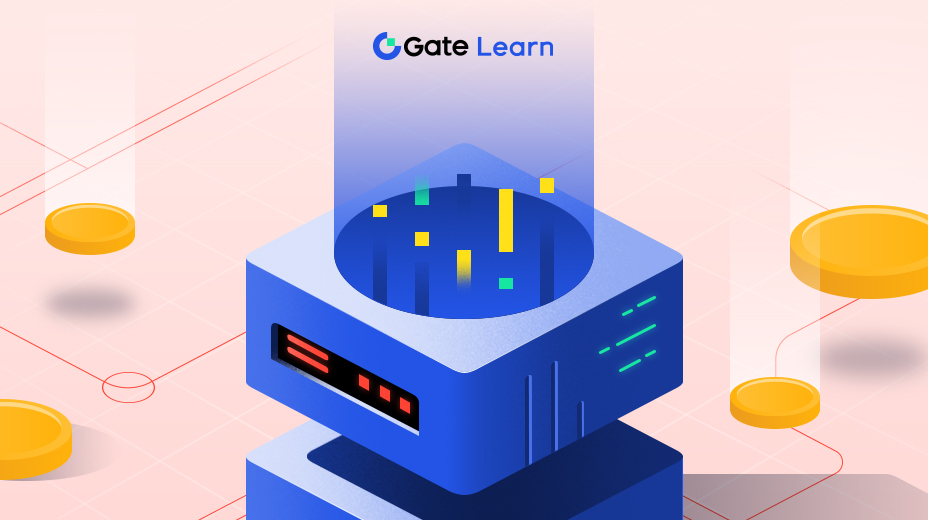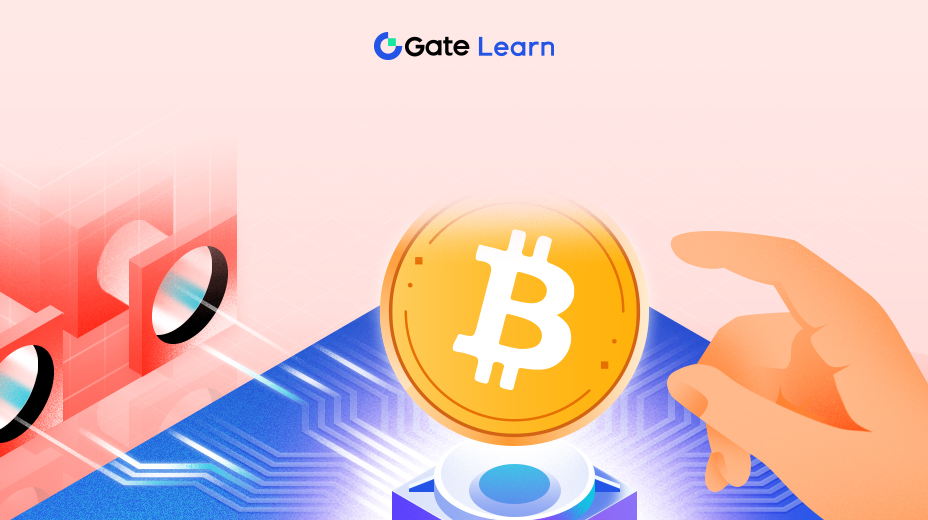Introduction to Polygon 2.0 (POL)
In the final module, we explore the evolution of Polygon with the introduction of Polygon 2.0 (POL). Dive into the Protocol Architecture and Tokenomics, gaining insights into the layered approach, interoperability, modularity, and its commitment to security, decentralization, and sustainability. Understand the transition from PoS to ZK L2 and how Polygon positions itself at the forefront of blockchain innovation.
PoS to ZK L2
Polygon has been at the forefront of blockchain scalability and interoperability, and its evolution from a PoS (Proof of Stake) model to ZK L2 (Zero-Knowledge Layer 2) is a testament to its commitment to innovation. This transition marks a significant shift in the network’s architecture and offers a glimpse into the future of blockchain technology.
The PoS model, which Polygon initially adopted, relies on validators who stake tokens to participate in the consensus mechanism. These validators are responsible for proposing and validating new blocks, ensuring the network’s integrity. While PoS offers improved scalability compared to traditional Proof of Work (PoW) models, it still has limitations, especially when it comes to handling a large number of transactions.
Enter ZK L2, a cutting-edge scaling solution that leverages zero-knowledge proofs to process and validate transactions off-chain while maintaining the security and integrity of the main chain. Zero-knowledge proofs are cryptographic techniques that allow one party to prove to another that a statement is true without revealing any specific information about the statement itself. In the context of Polygon, this means that transactions can be processed off-chain, aggregated into a single proof, and then submitted to the main chain, drastically reducing the on-chain data footprint.
The transition from PoS to ZK L2 is not just a technical upgrade; it represents a paradigm shift in how blockchain networks operate. With ZK L2, Polygon can achieve unparalleled scalability, processing thousands of transactions per second, all while maintaining the security and decentralization that are hallmarks of blockchain technology.
This move also positions Polygon as a leader in the Layer 2 scaling space. As the demand for blockchain solutions continues to grow, networks that can offer fast, secure, and cost-effective transaction processing will be at a distinct advantage. ZK L2 ensures that Polygon remains at the cutting edge, ready to meet the challenges of the next generation of blockchain applications.
Furthermore, the shift to ZK L2 also has implications for developers and users. With reduced gas fees and faster transaction finality, dApps (decentralized applications) can offer a smoother user experience, making blockchain technology more accessible to a broader audience.
Protocol Architecture
The protocol architecture of Polygon 2.0 marks a significant evolution in the way Layer 2 blockspace is delivered. This transformation is not just a mere technical upgrade but a comprehensive reimagining of how scalability solutions can be implemented to enhance the overall blockchain experience.
- Layered Approach: Polygon 2.0 adopts a multi-layered approach, ensuring that different scalability solutions can coexist and complement each other. This layered structure allows for flexibility, enabling the network to adapt to changing demands and technological advancements.
- Interoperability: One of the core tenets of Polygon 2.0’s architecture is interoperability. The network is designed to seamlessly interact with various other blockchains, ensuring that assets and data can flow freely across platforms.
- Modularity: Modularity is at the heart of Polygon 2.0. By breaking down the network into modular components, developers can pick and choose the features they need, tailoring the network to their specific requirements.
- Enhanced Security: Security remains a top priority in Polygon 2.0. The new architecture incorporates advanced cryptographic techniques and consensus mechanisms to safeguard against potential threats and vulnerabilities.
- Decentralization: While striving for scalability and performance, Polygon 2.0 does not compromise on decentralization. The network ensures that power is not concentrated in the hands of a few, promoting a more open and inclusive ecosystem.
- Optimized Performance: With the introduction of advanced scaling solutions like zk-rollups, Polygon 2.0 offers optimized performance. Transactions are processed faster, and the network can handle a higher volume of activity without getting congested.
- User-Centric Design: The architecture of Polygon 2.0 is designed with the end-user in mind. From reduced gas fees to faster transaction finality, every aspect is tailored to enhance the user experience.
- Future-Proofing: Recognizing the rapid pace of technological advancement in the blockchain space, Polygon 2.0 is built to be future-proof. The architecture is flexible enough to incorporate new innovations and adapt to the changing landscape.
- Ecosystem Synergy: Polygon 2.0 is not just a standalone network; it’s part of a broader ecosystem. The architecture ensures that there is synergy between different components of the ecosystem, from dApps to validators to end-users.
- Sustainability: As the blockchain space grapples with issues of sustainability and environmental impact, Polygon 2.0’s architecture incorporates solutions that are energy-efficient and environmentally friendly.
- Community Involvement: The development and evolution of Polygon 2.0’s architecture are not confined to a select group of developers. The community plays a pivotal role in shaping the network, ensuring that it remains transparent and democratic.
- Open-Source Ethos: In line with the ethos of the broader blockchain community, Polygon 2.0’s architecture is open-source. This ensures that anyone can contribute to its development, fostering innovation and collaboration.
POL Tokenomics
Polygon 2.0, with its groundbreaking innovations, has introduced a series of changes, and among the most anticipated is the tokenomics surrounding the POL token. The POL token represents a technical upgrade of the native asset of the Polygon network. As the ecosystem evolves, understanding the tokenomics of POL becomes crucial for both investors and participants in the network.
- Token Utility: The POL token is not just a medium of exchange within the Polygon 2.0 ecosystem. It serves multiple purposes, from governance to staking, and plays a pivotal role in ensuring the network’s security and functionality.
- Incentive Mechanisms: Tokenomics often revolves around creating the right incentives for network participants. With POL, Polygon 2.0 introduces mechanisms that reward validators, developers, and users for their contributions and engagement with the platform.
- Supply Dynamics: The total supply of POL, its distribution methods, and emission rates are crucial aspects of its tokenomics. A well-balanced supply ensures scarcity while preventing excessive concentration of tokens.
- Staking and Rewards: Staking is a core component of many blockchain networks, and Polygon 2.0 is no exception. By staking POL tokens, validators can participate in the network’s consensus mechanism, earning rewards for their efforts.
- Governance: One of the significant utilities of the POL token is governance. Token holders can propose changes, vote on proposals, and have a say in the direction the platform takes.
- Liquidity and Exchanges: For any token to thrive, it needs liquidity. The tokenomics of POL ensures that it is available on multiple exchanges, allowing for easy trading and liquidity provision.
- Burn Mechanisms: Some blockchain networks introduce burn mechanisms to control token supply and create deflationary pressures. The specifics of how and when POL tokens might be burned can influence its value and scarcity.
- Ecosystem Development: A portion of the POL tokens is often allocated for ecosystem development. This includes funding projects, dApps, and initiatives that contribute to the growth and success of Polygon 2.0.
- Security and Penalties: With staking comes the responsibility of validating and securing the network. The tokenomics of POL includes provisions for penalties for malicious actors or those failing to uphold network integrity.
- Integration with dApps: Decentralized applications (dApps) are a cornerstone of the blockchain ecosystem. The POL token’s utility within dApps, whether as a payment method or a utility token, can influence its demand and value.
- Partnerships and Collaborations: Strategic partnerships can amplify the reach and utility of the POL token. Collaborations with other platforms, integrations with services, and joint ventures can play a role in the token’s adoption and use cases.
- Future Projections: The future trajectory of the POL token, its potential use cases, and its role in upcoming Polygon 2.0 features can provide insights into its long-term value and importance in the ecosystem.
Highlights
- Polygon 2.0 signifies a significant upgrade, transitioning from a PoS model to a ZK L2 (Zero-Knowledge Layer 2) solution.
- The PoS model involves validators staking tokens to secure the network, while ZK L2 relies on zero-knowledge proofs for off-chain transaction processing.
- This transition is a paradigm shift, enhancing scalability while maintaining security and decentralization.
- ZK L2 allows Polygon to process thousands of transactions per second, meeting the demands of a growing ecosystem.
- The upgrade positions Polygon as a leader in Layer 2 scaling, providing rapid, secure, and cost-effective transaction processing.
- The benefits extend to developers and users, with reduced gas fees and faster transaction finality.
- Polygon 2.0’s flexibility ensures it remains at the forefront of blockchain innovation, accommodating future advancements.
- This transition highlights Polygon’s commitment to innovation, scalability, and user experience in the blockchain space.





